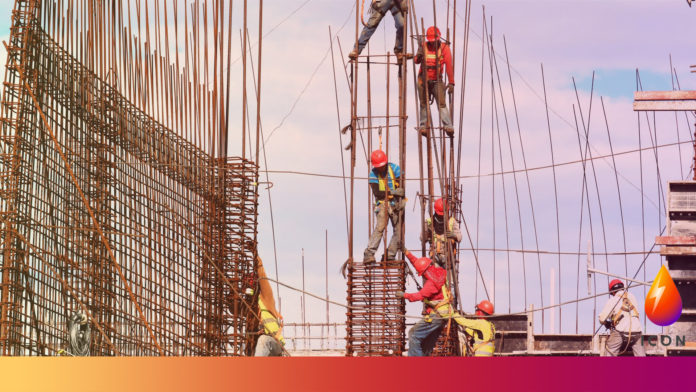
The Environmental Audit Committee has launched a new inquiry that considers the sustainability of the built environment.
A significant amount of construction is expected in the coming decade to fulfil the Government’s target of building 300,000 new homes a year.
This is in addition to a recent relaxation of rules around planning applications to demolish and rebuild vacant and redundant residential and commercial buildings.
According to the Environment Audit Committee (EAC), there will also need to be a huge retrofit programme for energy efficiency improvements in up to 19 million homes.
Although the energy efficiency of a building is taken into account during the design and build, assessing the embodied carbon emissions of the construction is not required by current Government policy.
Embodied carbon is the carbon footprint of a material, and in this inquiry, the EAC examines the carbon footprint of constructing buildings and the sustainability of the materials used.
Launching the inquiry, Environmental Audit Committee Chairman, Philip Dunne MP, commented: “For decades we have been constructing homes and buildings with concrete and steel, with little thought to the carbon footprint involved.
“While Government policy incentivising a house-building boom could contradict its net zero ambitions, there is an opportunity for innovation as we explore low-carbon and sustainable building materials.
“Our new inquiry will consider how we can decarbonise construction and the opportunities that may arise, and I invite anyone with thoughts to submit evidence.”
The Climate Change Committee has previously recommended increasing the use of wood in construction and developing policies to minimise the whole life carbon-impact of new buildings.
As part of this inquiry, the EAC will be considering progress against these recommendations.
The EAC has also recently taken evidence from producers using wool as sustainable insulation, with members reporting to be interested in this and development of other innovative sustainable building products.
The Committee is inviting written submissions, to cover the following areas:
- To what extent have the Climate Change Committee’s recommendations on decarbonising the structural fabric of new homes been met?
- How can materials be employed to reduce the carbon impact of new buildings, including efficient heating and cooling, and which materials are most effective at reducing embodied carbon?
- What role can nature-based materials play in achieving the Government’s net zero ambition?
- What role can the planning system, permitted development and building regulations play in delivering a sustainable built environment? How can these policies incentivise developers to use low carbon materials and sustainable design?
- What methods account for embodied carbon in buildings and how can this be consistently monitored and applied across the sector?
- Should the embodied carbon impact of alternative building materials take into account the carbon cost of manufacture and delivery to site, enabling customers to assess the relative impact of imported versus domestically-sourced materials?
- How well is green infrastructure being incorporated into building design and developments to achieve climate resilience and other benefits?
- How should we take into account the use of materials to minimise carbon footprint, such as use of water harvesting from the roof, grey water circulation, separate foul and surface water drainage systems, porous surfaces for hardstanding, energy generation systems such as solar panels?
- How should re-use and refurbishment of buildings be balanced with new developments?
- What can the Government do to incentivise more repair, maintenance and retrofit of existing buildings?
This inquiry accepts evidence until Saturday 15 May 2021.
More information about this inquiry and how to take part is available on the EAC website.